On Monday, Lucasfilm unleashed a trailer for The Rise of Skywalker that started with Luke looking at the twin suns of Tatooine, sped through the story of the first eight Star Wars movies (sans spinoffs) in roughly 60 seconds, and transitioned seamlessly into scenes from no. 9, due out on December 20. The montage made the saga—the product of five different directors over five different decades—look like a cohesive whole, not least because the brand-new footage bore so many ties to the first two trilogies. Thirsty Star Wars fans drank in Chewie, Leia, and C-3PO; the Millennium Falcon’s remote droid; Rey’s red, double-bladed lightsaber; a cavalcade of classic spacecraft, including Y-Wings, B-Wings, a Corellian corvette, and a fleet of old-school, Imperial-era Star Destroyers; the ruins of the second Death Star; and, most prominently, Emperor Palpatine (played by the indomitable Ian McDiarmid), who croaks the trailer’s only previously unheard line, “Your journey nears its end.”
Palpatine’s presence became clear in the film’s first teaser, which featured a shot of the Death Star II’s superstructure and closed with Palpatine’s trademark cackle. At that point, it still wasn’t clear how much we would see of the dearly departed Darth Sidious, who appeared to perish when he plunged into the Death Star’s reactor core at the climax of Return of the Jedi. Now, though, it looks like he’ll play a central role. In addition to owning the trailer’s signature speaking part, Palpatine looms behind a dueling Rey and Kylo Ren in the Rise of Skywalker poster, and Daisy Ridley confirmed that the character is “very instrumental to the plot of the film.”
In a sense, everything is proceeding as J.J. Abrams observers have foreseen. The nostalgia-dependent director covered Steven Spielberg in 2011’s Super 8, brought back Khan in 2013’s Star Trek Into Darkness, and borrowed lovingly and liberally from the first Star Wars movie in 2015’s The Force Awakens, so it’s hardly surprising that he’s dipping into the past once again for the final film in the Skywalker nonology. Abrams had originally planned to bring back the Death Star in The Force Awakens before settling for another massive, circular superweapon instead. And according to Lucasfilm president Kathleen Kennedy, Palpatine’s reappearance has been in the works for a while.
For fans of the franchise who are tired of recycling—and who welcomed Rian Johnson’s willingness to subvert the series’ tropes in The Last Jedi—Palpatine part deux is predictably derivative. Last weekend, series star John Boyega hyped Palpatine’s comeback by invoking the idea of defeating the Emperor properly, and Kelly Marie Tran hinted that Palpatine’s new plot line evokes her favorite Star Wars theme: redemption. But both destruction and redemption are things we thought Luke and Anakin accomplished when they took down Palpy in the first place.
In Abrams’s defense, though, he isn’t the first Star Wars storyteller to resurrect Palpatine. The concept of bringing back the Emperor played a pivotal role in restarting the Star Wars franchise after the dormant decade that followed the end of the original trilogy. Retracing the steps that restored him the first time around may help explain Abrams’s impulse to extend his story—and, perhaps, shed a little light on what’s in store for Mr. Sidious (known as Sheev to his friends).
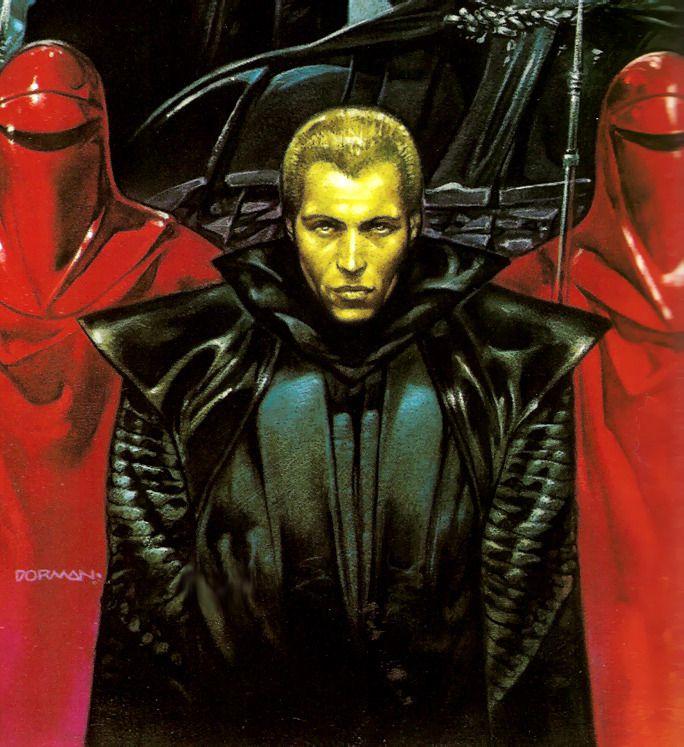
Palpatine’s first second life began with a letter to George Lucas. Inspired in part by the 1987 release of Star Wars: The Roleplaying Game, Tom Veitch, the writer of a six-part comic series called The Light and Darkness War that was published by Marvel imprint Epic Comics from 1988-89, wrote to Lucas on November 19, 1988. Marvel’s original run of Star Wars comics had ended in 1986, and the Ewoks and Droids series published by another Marvel imprint, Star Comics, had ended in 1987, so the Star Wars comics license had lapsed. Veitch proposed a new series, in which he and his collaborator, artist Cam Kennedy, would take to Epic if the creator of Star Wars signed off. “In those days EVERYTHING went across the desk of George Lucas,” Veitch says via email.
As Veitch was walking to the post office, he heard John Williams’s main theme to Star Wars emanating from an open window, which he took as an auspicious sign. Three days later, he got a call saying that Lucas wanted to see his work, and a week after that, Lucas offered him and Kennedy the Star Wars comics franchise. Veitch relayed the offer to Epic editor Archie Goodwin—a former Star Wars comics writer himself—who seized the opportunity. The idea developed into Dark Empire, a six-issue series published by Dark Horse Comics (which picked up the project after Lucasfilm pulled the license from Marvel) from 1991-92 and followed by the six-issue sequel Dark Empire II in 1994-95 and the two-issue conclusion Empire’s End in 1995.
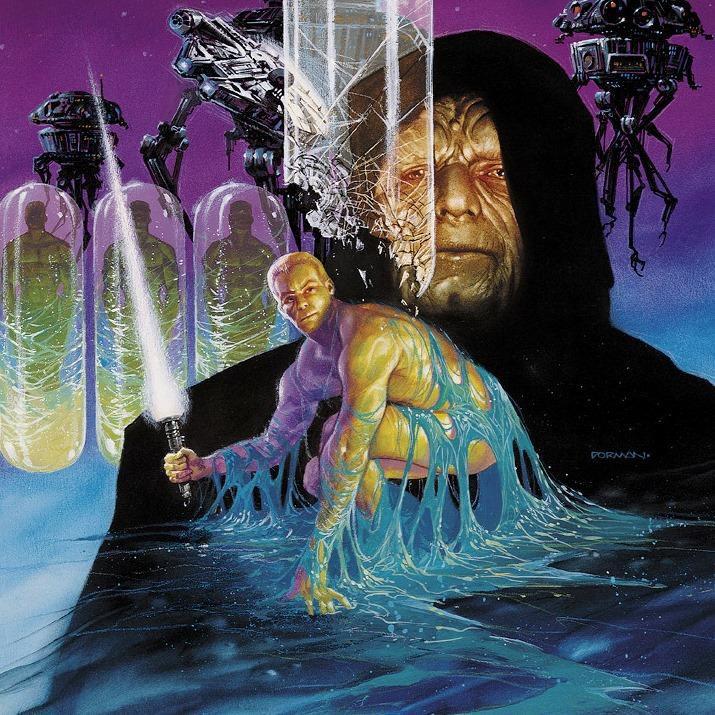
Veitch wanted to tell momentous, significant stories about Star Wars, and he first pitched a series called “The Jedi Chronicles” that would trace the history of the Jedi order. Although that idea later turned into another Veitch-authored series, Tales of the Jedi, it didn’t pass muster with The Flannelled One at first, perhaps in part because Veitch had expressed interest in focusing on the decades after the Clone Wars. Lucas was already planning the prequels, so he told Veitch to attempt no landings there. Instead, he directed him to the era after the original trilogy. “George gave us ‘carte blanche’ (his words) to make up a story that took off from the end of Return of the Jedi,” Veitch writes in an excerpt he sent us from an in-progress book about Star Wars that he’s planning to publish next year.
Goodwin suggested constructing a post-Jedi series around an impostor inside the suit of Darth Vader, and Veitch wanted to “put a weak indecisive man inside the Vader costume … and create a tension between the fearsome image and the ‘man within.’” (Sounds familiar.) Lucas, reluctant to tamper with Vader’s legacy, vetoed that too. But, Veitch recalls, Lucas offered an alternative, replying, “If you can figure out a way to bring back the Emperor, you can do that.”
The comic creators embraced Lucas’s suggestion. “The obvious idea,” Veitch says, “was that Emperor Palpatine had been cloning himself for quite a while, inhabiting each clone in succession through the dark power of the Force.” Lucas liked that idea, and he also approved bringing back Boba Fett and letting Luke temporarily succumb to the Dark Side as the reborn Emperor’s apprentice. That conflict became the basis of Dark Empire.
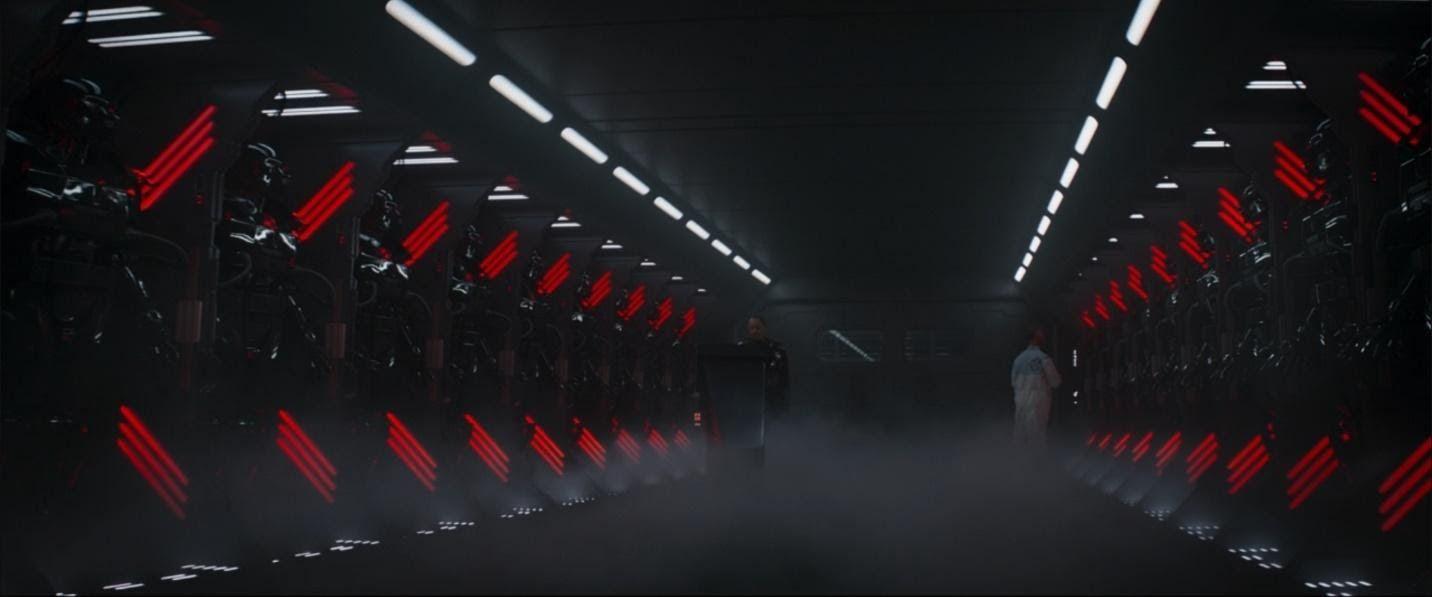
“Substitute villains who are similar to old villains can be OK, but usually you have to spend a lot of time making people believe in them,” Veitch says. “Our idea was to build on the power that the Emperor … already held over the viewer’s imagination. And rather than having a new character try to convert Luke to the Dark Side, we would show that the very essence of the Dark Side—the Emperor—still lives, more powerful than ever.”
Not everyone welcomed this conceit. Author Timothy Zahn, whose landmark book Heir to the Empire arrived months before Dark Empire and helped bridge the narrative gap between Return of the Jedi and Veitch’s series, raised the obvious objection that resurrecting the Emperor contradicted and undermined Jedi’s ending (although Vader’s sacrifice is still stirring despite his boss’s hidden backup body). But Veitch had an alternate interpretation of the events in the Death Star’s throne room.
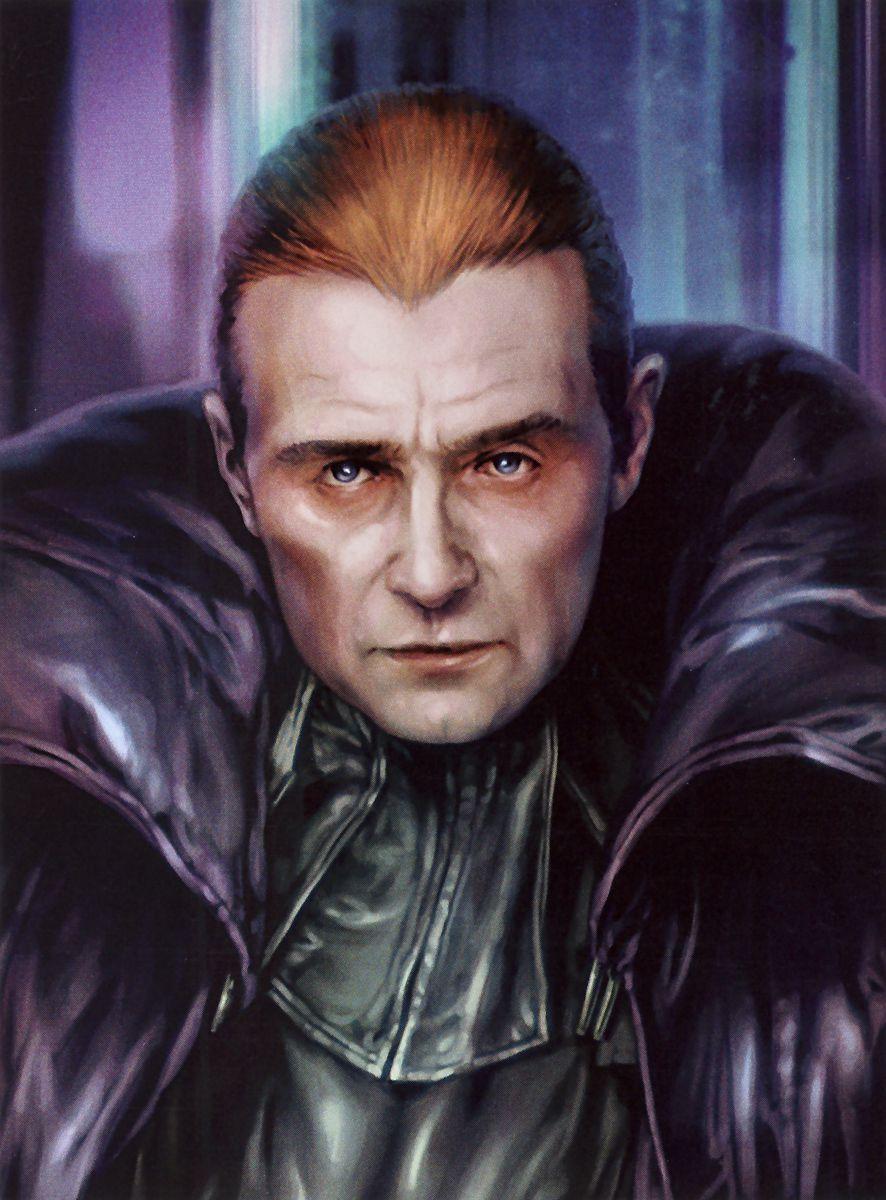
In Veitch’s telling, the Emperor egged on Luke to strike him down not because he knew Vader would intercept Luke’s slash, but because he was indifferent to his physical fate (much like Obi-Wan was when he dared Vader to do the striking). Veitch theorized that Palpatine had emerged from his fortress on Coruscant only because his young clone was complete. If Luke gave in to temptation, it would accomplish two goals: pulling his potential apprentice toward the Dark Side and freeing the decrepit Palpatine to transition to his healthy clone body. To Veitch, then, the blue flash that follows Palpatine’s free fall “represented the Emperor’s living energy, his conscious dark force, leaving his body.” According to Veitch’s vision, the Emperor’s consciousness “was translated across the Galaxy almost instantaneously and entered a new youthful body,” which would enable Palpatine to “live forever … and perhaps rule the Empire for thousands of years.”
Veitch says there wasn’t a widespread backlash to Palpatine’s reappearance, noting, “I think most people got it that a burnt-out old Sith can’t rule a galaxy for very long unless he’s figured out a way to prolong his life.” Although he says he sympathizes with anyone who disagreed with the decision, he argues that the detractors “were probably unfamiliar with the history of movie serials and comics, where great villains never completely die—they always return.” As Veitch points out, Star Wars was partly based on Flash Gordon, “in which the principal villain, the evil emperor Ming the Merciless, is never completely killed off.” That argument might be music to Abrams’s ears.
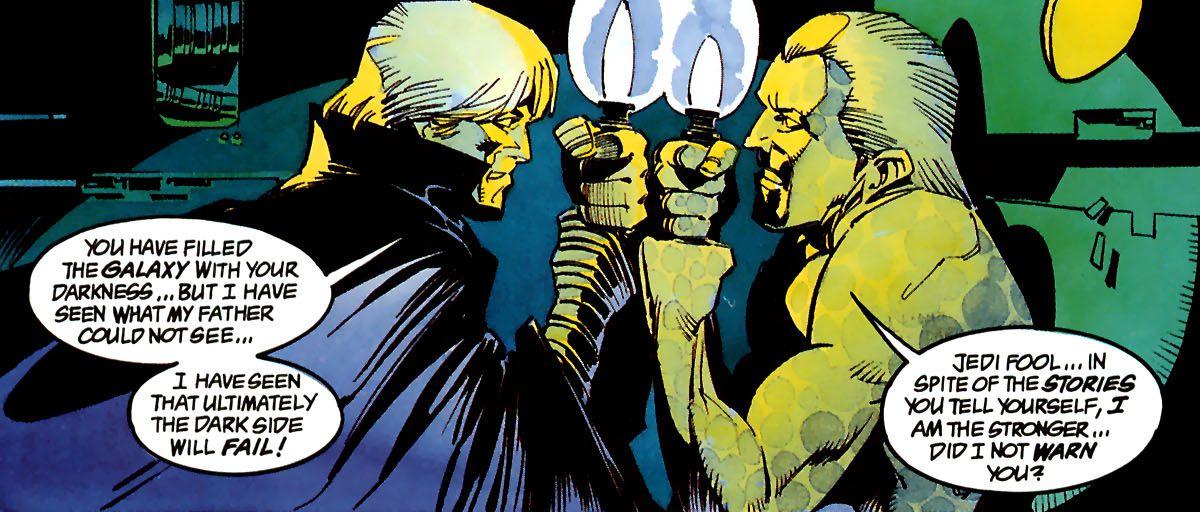
Like the rest of the expanded universe that sprung up around Star Wars in the decades before Disney bought the franchise from Lucas, Dark Empire was decanonized in 2014. But many characters and concepts from the EU proved too beloved not to bring back and have since crossed over into the current canon. Dark Empire’s legacy lives on in a variety of Veitch ideas, from a crash-landed Star Destroyer to the Galaxy Gun, which anticipated Starkiller Base’s ability to destroy planets from afar. Luke’s dalliance with the reborn Emperor could be echoed in a similar struggle for Rey, and Veitch also envisioned a son of Leia and Han, named Anakin, who would “embody both the light and dark aspects of the Skywalker lineage and suffer great inner conflict in his life.” The prequels cemented Palpatine’s desire to cheat death. (Did you ever hear the tragedy of Darth Plagueis the Wise?) And now, The Rise of Skywalker will return him to life.
In December, we’ll find out what form that life takes and how closely The Rise of Skywalker’s portrayal of Palpatine mirrors Dark Empire’s. Based on what we’ve seen so far, it seems unlikely that the Emperor’s comeback will be based on cloning technology: On the poster and in the teaser and trailer, he looks and sounds as old as he was when we last saw him alive, and it’s not clear why he would have waited more than 30 years to make his presence known if he’d had a healthy body in storage.
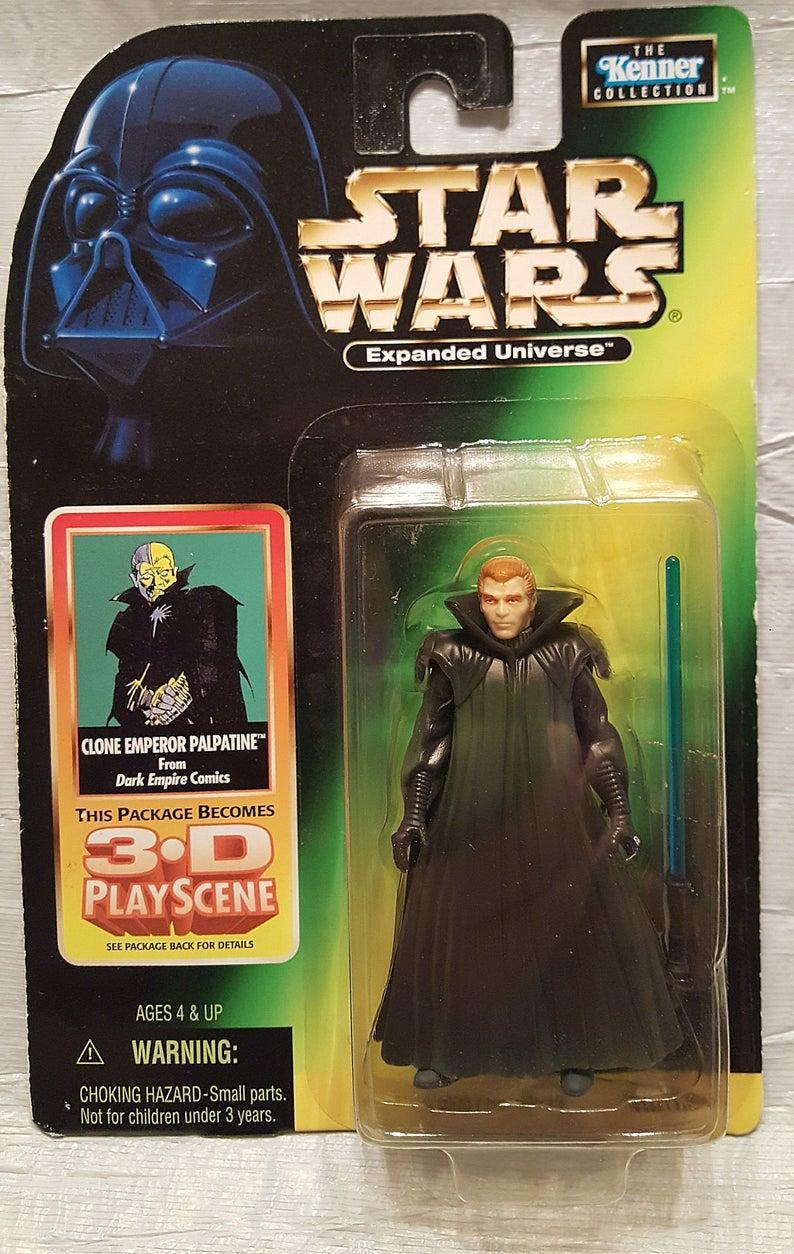
It’s possible The Rise of Skywalker’s Emperor is a pretender (another old EU idea) or a simulacrum stored in a Sith relic (an EU idea also). The final season of Star Wars Rebels, which belongs to the current canon, introduced a form of time travel, which could conceivably come into play. More likely, Palpatine’s disembodied dark essence survives, possibly bound to the bones of the Death Star. From that remote location, he may have possessed a puppet—perhaps Supreme Leader Snoke—and orchestrated the First Order’s rise in secret, which is consistent with his pattern of masking his power plays. With Snoke dead, he could hope to transfer his spirit into the body of Kylo or Rey (who could be a clone herself). Dark Empire foreshadowed that too: “Another idea we had,” Veith says, “was that Palpatine simply used a secret Sith power to possess a new body.” In Dark Empire, Palpy tries to send his spirit into the infant Anakin after Han blasts his last body, but he’s blocked by the life force of a dying Jedi, who drags him into oblivion.
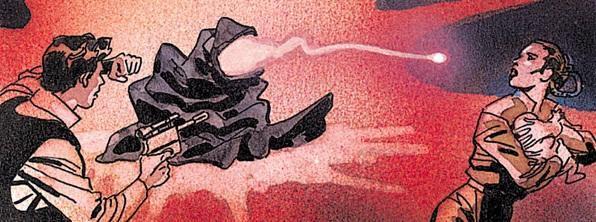
In recent years, Star Wars books, comics, and video games have laid a little groundwork for the Emperor redux. Marvel’s Darth Vader comics reestablished the concept of a Sith lord preserving himself in a relic and inhabiting the bodies of others. Several sources explain that Palpy left a plan, called the “Contingency,” which would destroy the dying remnants of the Empire and hasten its rebirth as the First Order. He also seeded the galaxy with dangerous Dark Side relics and Imperial technology, including the Eclipse, which served as Palpatine’s flagship in Dark Empire and, according to the current canon, was sent to the Unknown Regions where the First Order formed. The 2016 novel Aftermath: Life Debt notes that only 75 percent of the Empire’s Star Destroyers were confirmed captured or destroyed; the other quarter could be the faithful fleet floating in a space storm in the latest trailer, awaiting orders from its Emperor.
“Part of the story of this movie is history repeats itself,” Abrams said of The Force Awakens in 2015. Repetition is part of the story of The Rise of Skywalker, too—and, frankly, of the franchise as a whole. In the case of posthumous Palpatine, though, that story started on the page long before it leaped onto the screen.
